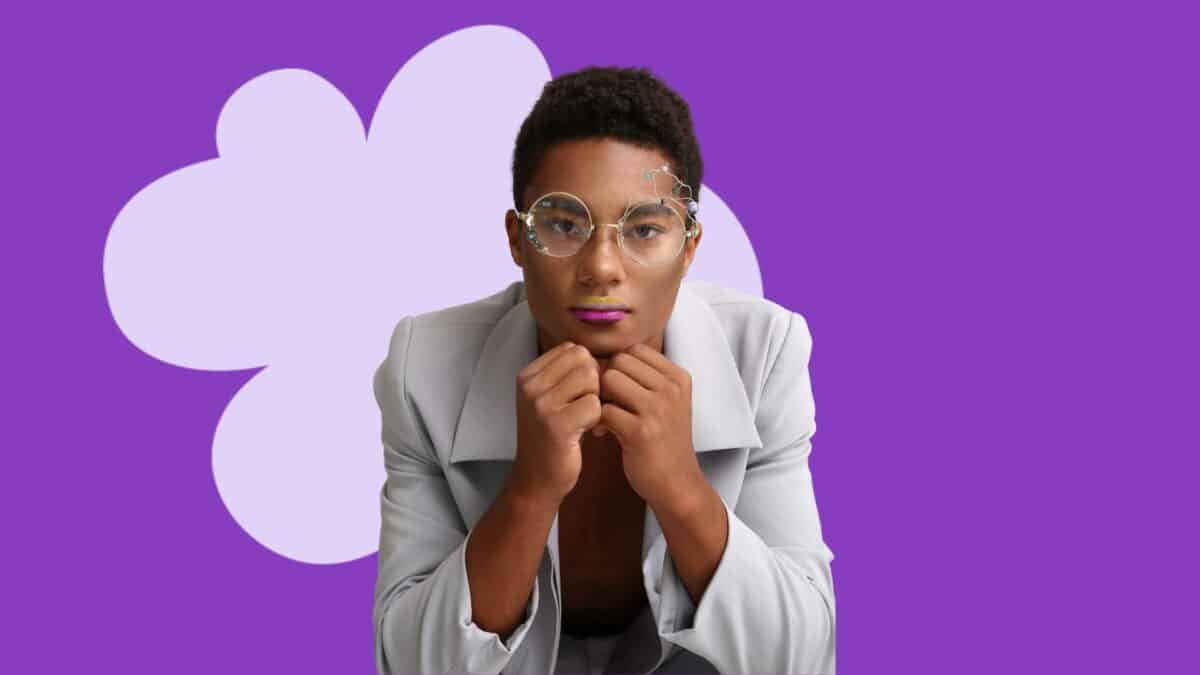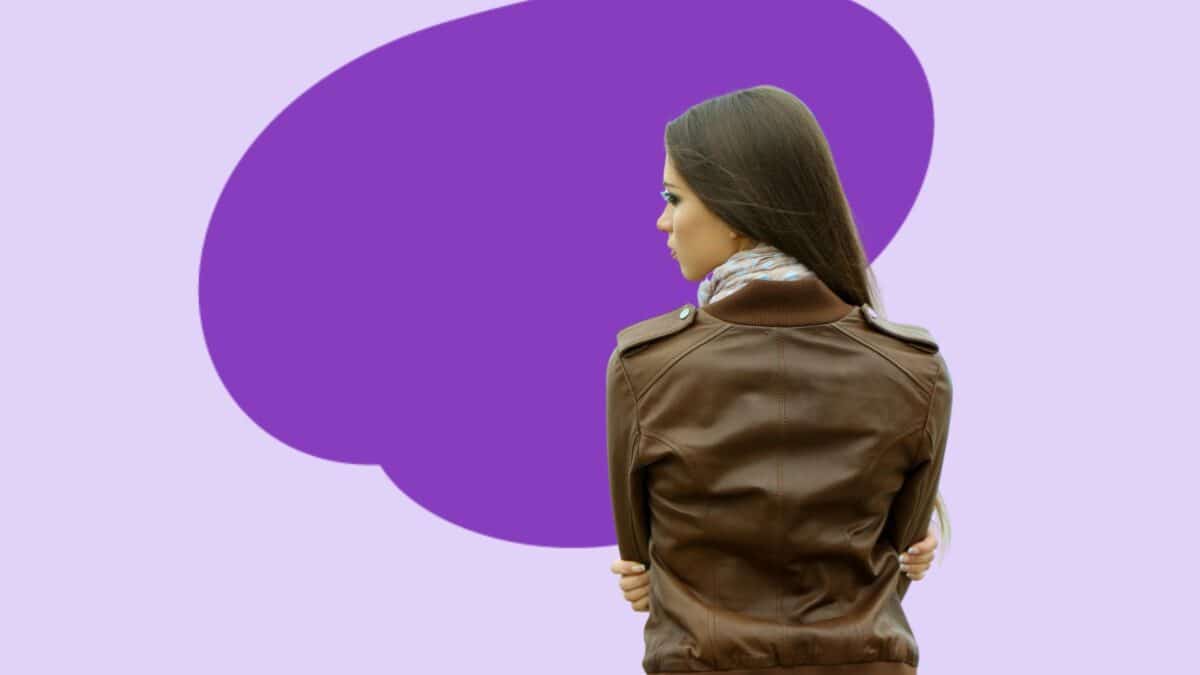If there’s one thing we love here at DiveThru, it’s a free mental health app. Is it because we have our own free app that we’re going to plug in this article? Definitely. But besides that, we love that mental health is becoming more accessible for everyone, at affordable price points, right on your phone!
It can be tough to search through aaaalll the options in the app store to find the apps that suit you. Plus, everyone has different needs! That’s why we did all the searching for you. Here are eight free mental health apps for a variety of needs, so you can take self-care with you anywhere you go. Let’s dive into it!
DiveThru
We would kinda suck as a company if we didn’t mention the DiveThru app in this article! But we’ll explain all the lovely benefits you get from it.
First off, we have our Dives! These free routines lets you take care of your mental health with 3 simple steps (5-minutes-or-less!) every single day. For the first step, you track your feelings to help you identify your emotions and their triggers. In the second step, you work through a 60-second breathing exercise to regulate yourself. And the last step is 2 quick journal prompts. Pick our general Check-In Dive to start or head right into a topic-specific routine, like one of our Anxiety, Preventing Burnout, or Exploring Self-Esteem Dives. The Dives make positive mental health routines easy AF to start and stick to!
In the app, there’s a ton of content, including hundreds of journal prompts, soooo many informative articles, mindfulness exercises, and interactive courses with therapist-led videos. Everything we put on our mental health app is double-checked by mental health professionals, so you know it’s good!
Wysa
Can artificial intelligence help your mental health? Wysa thinks so!
Wysa is a mental health app that uses an AI chat bot to navigate your concerns in a way that helps you feel secure and anonymous. After chatting for a bit, the AI recommends different resources and functions in the app to help steer you towards something that can help you in that moment.
Wysa includes self-care packs with different meditations, exercises, and check-ins for a long list of mental health concerns. As well, it has a paid option to have text sessions with a therapist! If you prefer to not talk about your emotions IRL and feel like texting is the way to go, Wysa is the right app for you.
Routinery
If your days feel chaotic and messy, and you struggle to keep good habits, you might want some help establishing a routine. This is where Routinery shines!
The app has functions to build a custom routine to suit your needs. You can make a morning routine (with timers!) to remind yourself of anything you need to do! And it’s totally customizable. So you can set a routine to wake up, make your bed, brush your teeth, do your skincare routine, get dressed, and journal—all with custom time limits—in any order you like! TBH waking up probably comes first… but the rest of the order is up to you!.
Plus, the app has celebrity routines that you can choose from! So if you want your morning to look like Oprah Winfrey’s, Routinery can make that happen.
It’s a great tool for people who have a tough time sticking to a routine (shout out to our ADHD friends), or find themselves forgetting a step or two when their day gets out of hand.
Simple Habit
If you don’t meditate because it sounds stressful, Simple Habit might be a good choice! The goal of this mental health app is to make it that much easier for everyone to try meditating.
The guided meditations last between three and 20 minutes, with plenty of smaller programs to focus on if you’re strapped for time. There’s tons of different categories to choose from, so whether you’re looking to build some self-love or to feel inspired, Simple Habit has a meditation for you!
Simple Habit has a seven day free trial, but then requires a subscription.
Clear Fear
This mental health app is all about challenging your fears!
Clear Fear includes journaling prompts, mood tracking, and anxiety-tackling activities. The big “Clear Your Fear” button on the homepage lets you get specific with your anxiety and what would help, then walks you through ways you can manage your anxiety. The app also gives you some inspirational quotes to use for affirmation, and has a Safety Net option that reminds you of what helps in tough times.
If your anxiety is confusing as hell and you don’t know why you feel the way you feel, this anxiety app can help you figure yourself out!
Wakeout
When you want to get some movement in, but you’re not able to fully commit to a workout, Wakeout has you covered.
The app is full of fun and easy workouts that are designed to be done basically anywhere. They have office chair yoga, quick kitchen workouts, and fun couch movements you can do with your partner. Schedule a bite-sized activity break whenever you have a moment to spare! You can also set timers to remind you to get moving. The video guides will help you nail those moves, and it makes it suuuper easy to fit a bit of movement into your day.
Wakeout has a seven day free trial, but then requires a subscription.
Meditopia
Meditopia’s goal is to make mindfulness and meditation a consistent habit with incredible long-term results.
When you open the app, you get a questionnaire about your mental state, your challenges, and your goals. The app then gives you a personalized program based on your wants and needs. Meditopia has so much variety, including guided meditation, music, and nature sounds. You have options to inspire you, get yourself familiar with your true feelings, and even help you sleep.
Meditopia has a seven day free trial, but then requires a subscription.
Rootd
Rootd is all about addressing and accepting panic attacks with their big red button called The Rootr.
If you’re having a panic attack, hit that button! It will give you the options of some reaffirming statements about your resilience and how panic attacks are temporary, or some statements of radical acceptance that remind you to stop resisting the sensations and to take them head-on.
Aside from that, they also have lessons about panic and anxiety, breathing exercises, journaling functions, visualization exercises, and audios to help you sleep. Using it all consistently will help give you the tools to handle a panic attack when it comes along.
Rootd has a seven day free trial, but then requires a subscription.
There you go! That’s eight of the best mental health apps for 2022 to help you take charge of your mental health from the convenience of your phone. Our personal fave is still the first one tbh! Everyone’s mental health needs will be different, so try them all, play around, and see what works best for you!








